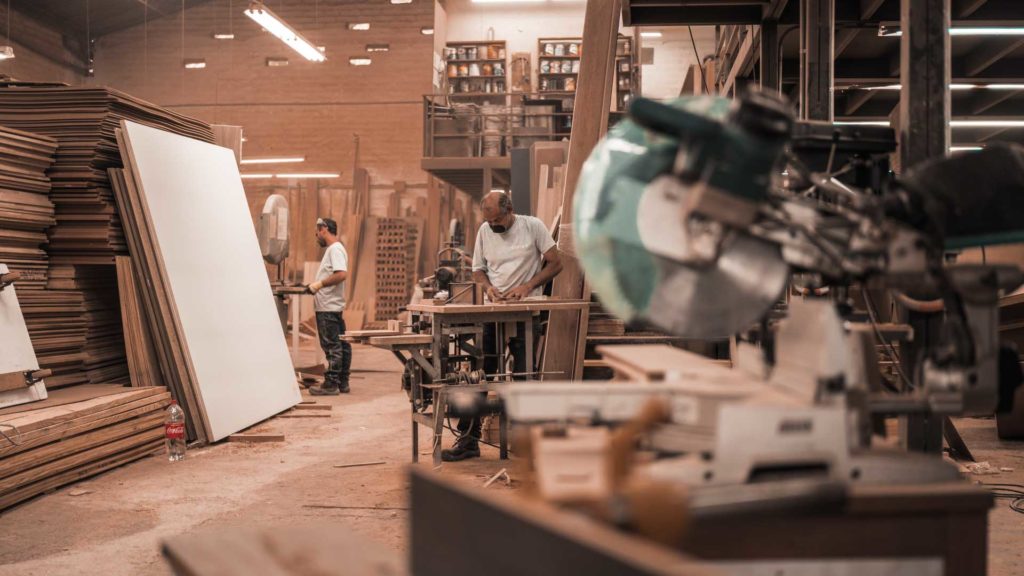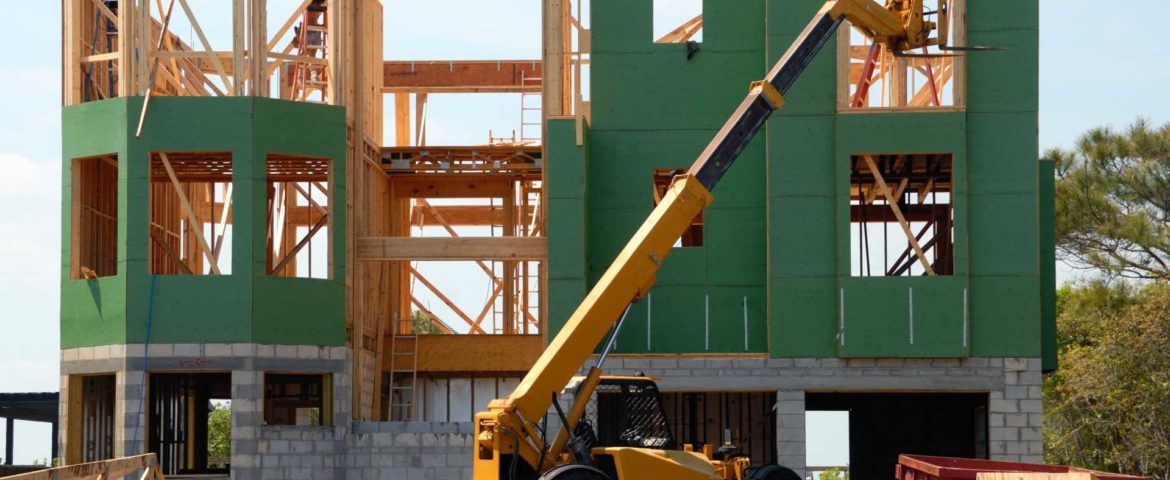If you’ve gone to your local home depot or lowes lately or had a construction project priced, you’ll know how much more expensive many building materials are now than they were even just a year ago.
Steel and lumber prices are 20-50% more expensive now than they were in 2019 or mid-2020.
According to the NAHB, the average price of a modest single family home has risen by over $24,000 – $36,000 dollars, which is a significant price change from just 12-18 months ago.
The lumber industry is massive, at over $280 billion dollars in sales and 2.5 million jobs with forests and woodlands covering over 1/3 of the entire United States.
Taking a look at lumber, home buying, renovations and improvement projects have rapidly increased demand while the ongoing pandemic has limited supply, resulting in the classic supply and demand curve of rising prices. Other issues have plagued the lumber industry as well, including tariffs on Canadian wood, fires in the Northwest, and problems with beetle infestations. These have all added to the turmoil that covid-19 has caused.
For most lumber supply chains, the process beings with cutting down farmed trees, which are hauled out of the mountains via truck to a staging area. At this point, the logs are sold or moved to sawmills which process the raw trees into the lumber products you see at Home Depot. Over half the trees that are harvested are used for paper products such as toilet paper, paper towels or packaging. Once the logs are processed into the final products, these factories rely on truck, rail, and ship to move the wood products to distribution centers where they are sorted and then loaded, typically on trucks, to be moved to the final destination.

Steel prices, for raw steel are up around 70-75% from August of 2020. Steel, just like lumber has experienced a massive rise in demand due to home building and construction projects. Also like the lumber industry, factory shutdowns, transportation shortages, and cost increases, and import issues such as tariffs have lowered the steel supply just as steel demand is higher than in years.
Steel is used to make countless items, and of course, is used in construction projects, even residential homes use a large amount of steel rebar for concrete reinforcing.
Many supply chain planners simply didn’t expect the strong demand in the latter part of 2020 for building materials, which coupled with factory and transportation disruptions meant that building material inventory was much lower than is typical, and increasing inventory production just wasn’t possible for many firms.
How long will prices remain high?
It’s hard to say, but many experts think that the supply side problems currently associated with building materials will be resolved in the coming months which will allow for prices to drop somewhat. The major unknown is how long this level of demand continues. It’s possible that demand could drop somewhat later this year, which would allow supply chains to restock and catchup.

Many factories had covid-19 procedures which limited the number of people working and ultimately meant that production was much lower than a typical full capacity output would be. Also, firms that relied on imports were hurt by the massive transportation disruptions that have been ongoing since the pandemic.
Transportation Costs have also risen, whether truck or ship, to levels much higher than in 2019 due to a capacity shortage and unexpected demand. Firms that experience rapidly rising transportation costs are faced with the dilemma of passing at least a portion of costs to the buyer or letter their margins compress. This is just another added challenge for building material providers.
Lumber industry firms utilize rail transportation on many long hauls resulting in drastically lowered costs. The freight is then transferred from a railcar onto a truck at a transload facility. Many large lumber distribution center have train tracks leading into their facility which allow for the direct delivery of train carloads of wood products, leading to a more efficient and cost-effective supply chain operation.
In short, if you are planning a home improvement project, continue to expect high lumber and steel prices to keep building costs higher than normal for a number of months to come.
Zmodal is a top intermodal shipping company providing door-to-door intermodal, and full truckload services nationwide throughout our digital supply chain dashboard which provides easy route searching, booking, document management, and analytics. CONTACT US if you want to lower your supply chain costs or want access to North American intermodal capacity.



